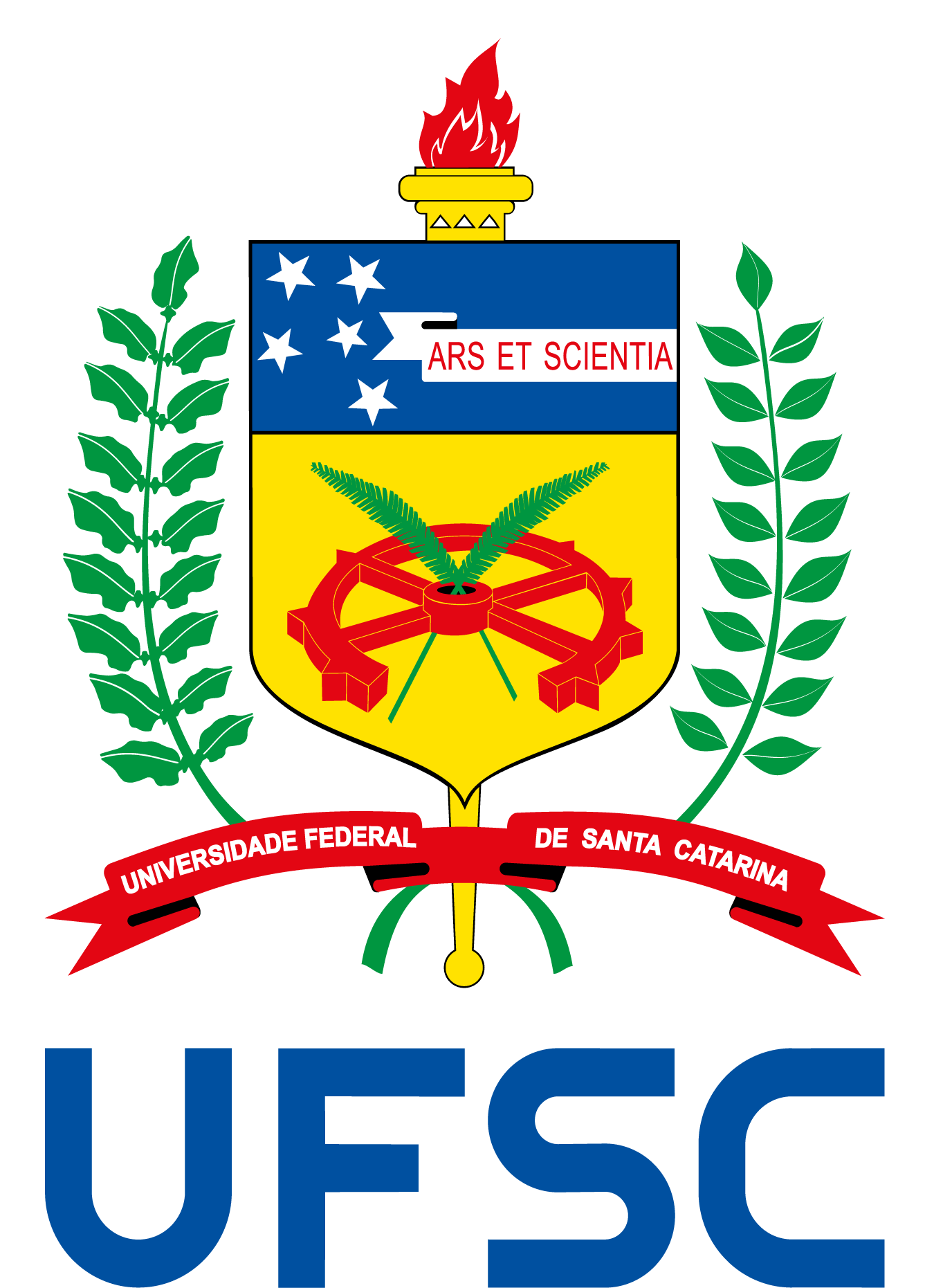“Tu casou com a mulher elástica?” Analyzing Forms of Address in the Brazilian Portuguese Dubbing of “The Incredibles”
Graziella Mendez Cardoso Bridi | 2013
Forms of address are related to the manner a person addresses another participant in a direct linguistic interaction (Crystal, 2008). While the English language offers one singular second person pronoun that does not carry any marks of intimacy or formality (i.e. you), the Portuguese address system offers two informal T pronouns (i.e. tu and você) and one formal V pronoun (i.e. the nominal forms o senhor and a senhora), which are employed according to the configurations of the context of situation. In this context, the present study aims at analyzing the translation of forms of address in the Brazilian Portuguese (BP) dubbing of a particular animated film, The Incredibles. The data source consists of original dialogues that present the singular second person subject pronoun you and their corresponding BP dubbed versions. The choice of T or V pronouns (Brown & Gilman, 1960) and the platform of neutrality (Cook, 1997) have been discussed in relation to the configurations of field, tenor and mode of discourse within the theoretical framework provided by Eggins (2004). The analyzed dialogues present 16 occurrences of the nominal forms o senhor and a senhora, 107 occurrences of the pronoun você and its oral variation cê, 16 occurrences of the pronoun tu, 03 occurrences of a neutral approach, 88 occurrences of a hidden subject and 68 occurrences in which there is no form of address in the BP dubbed sentence. The context of situation in which these occurrences are embedded shows that – in the BP dubbed version of the film – the nominal form o(a) senhor(a) is favored in formal interactions with asymmetrical relations of power, with você as the pronoun of solidarity between power equals in both formal and informal interactions. Moreover, the pronoun tu, although a T pronoun, is favored in formal interactions signaling a shift in the speaker’s attitude towards other participants.




